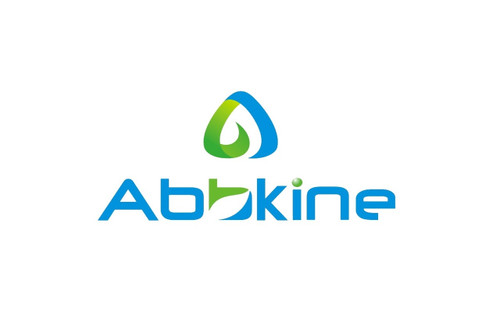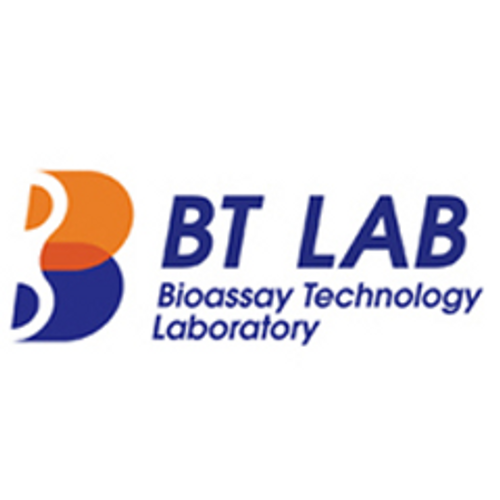Product Description
Mouse Bone morphogenetic protein 6 (BMP-6) ELISA Kit | AE63238MO | Abebio
Species Reactivity: Mouse (Mus musculus)
Abbreviation: BMP6
Alternative Name: VGR; VGR1; Vg1-related sequence|vegetal related growth factor (TGFB-related) |vegetal-related (TGFB related) cytokine
Application: ELISA
Range: 15.6-1000 pg/mL
Sensitivity: 6.0 pg/mL
Intra-Assay: ≤4.5%
Inter-Assay: ≤8.2%
Recovery: 1, 01
Sample Type: Serum, Plasma, Other biological fluids
Detection Method: Sandwich
Analysis Method : Quantitive
Test Principale: This assay employs a two-site sandwich ELISA to quantitate BMP6 in samples. An antibody specific for BMP6 has been pre-coated onto a microplate. Standards and samples are pipetted into the wells and anyBMP6 present is bound by the immobilized antibody. After removing any unbound substances, a biotin-conjugated antibody specific for BMP6 is added to the wells. After washing, Streptavidin conjugated Horseradish Peroxidase (HRP) is added to the wells. Following a wash to remove any unbound avidin-enzyme reagent, a substrate solution is added to the wells and color develops in proportion to the amount of BMP6 bound in the initial step. The color development is stopped and the intensity of the color is measured.
Product Overview: Bone morphogenetic proteins, such as BMP6, belong to the transforming growth factor-beta superfamily of regulatory molecules (Rickard et al., 1998) .Rickard et al. (1998) presented evidence that the skeletal effects of estrogen on bone and cartilage may be mediated by increased production of BMP6 by osteoblasts. They investigated the effect of estrogen on BMP production in 2 estrogen-responsive, human immortalized cell lines that display the mature osteoblast phenotype.Tamada et al. (1998) found that the promoter region of the BMP6 gene lacks a canonical TATA box, but has a GC-rich region with 2 SP1-binding sites, an inverted CCAAT element, and a putative tramtrack responsive element. Reporter gene assays suggested that the BMP6 promoter has osteogenic cell specificity.
Stability: The stability of ELISA kit is determined by the loss rate of activity. The loss rate of this kit is less than 5% within the expiration date under appropriate storage condition. The loss rate was determined by accelerated thermal degradation test. Keep the kit at 37°C for 4 and 7 days, and compare O.D.values of the kit kept at 37°C with that of at recommended temperature. (referring from China Biological Products Standard, which was calculated by the Arrhenius equation. For ELISA kit, 4 days storage at 37°C can be considered as 6 months at 2 - 8°C, which means 7 days at 37°C equaling 12 months at 2 - 8°C) .
 Euro
Euro
 USD
USD
 British Pound
British Pound
 NULL
NULL












